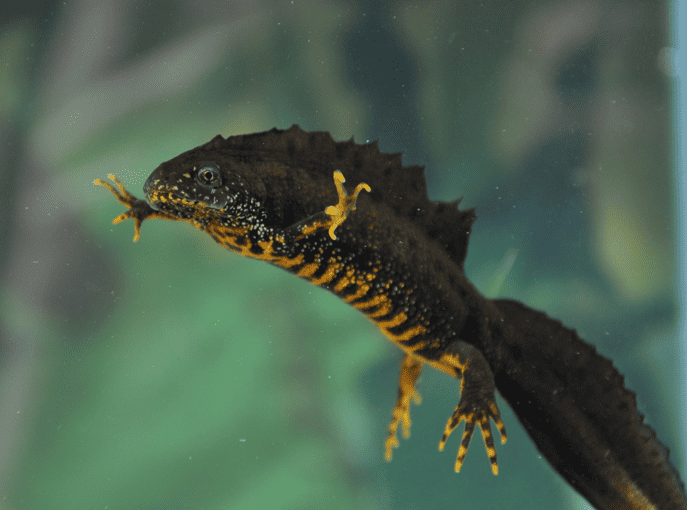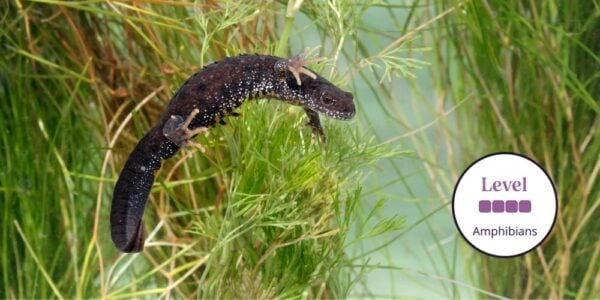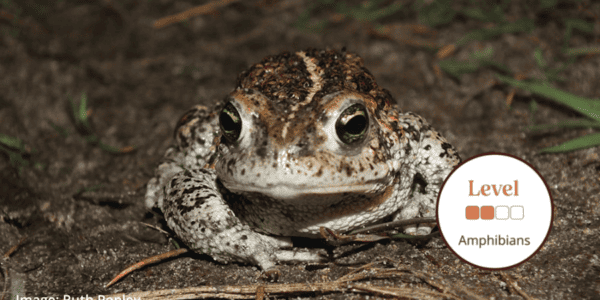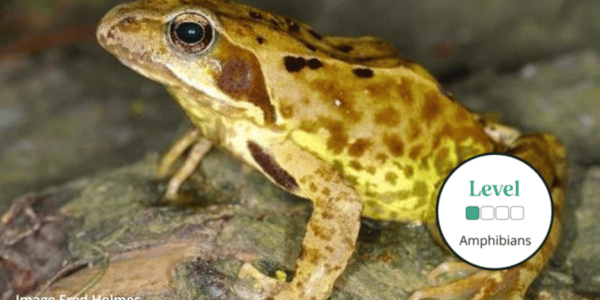
Discover more as you learn about UK amphibians and improve your skills on our beginner to advanced courses.
We run regular amphibian courses throughout the year delivered online and UK wide by expert tutor and follow a framework to progress your learning at a level to suit you.Spring is a great time to see breeding amphibians emerging from their hibernation. This makes it one of the best times to gain new skills and knowledge about these secretive animals. Amphibians and Reptiles are often considered together under the discipline of herpetology – the study of “creeping things”!
Amphibian Identification
Most amphibians lay their eggs in water, whereas reptiles lay shelled eggs on land. There are 13 species native to the UK and many others that are well-established. Amphibians are key components of many ecosystems, being both important predators of invertebrates (and other vertebrates), and themselves forming an important part of the diet of other animals. The presence of populations of amphibians on a site can therefore be an indicator of its health.
Amphibians are best seen at night with the aid of a hand torch. Frogs and toads are most active at the pond edge between February and March, while newts are most active from February to May. Newts can clearly be seen underwater by torchlight. They may also be seen moving about and feeding on warm evenings after rain on open ground such as roadways and paths or along the bases of walls. For most of the year the toad lives away from water, in woodlands or gardens, but will return to the pond where it was spawned to breed.
Amphibian Conservation
Unfortunately, both groups have suffered severe population declines in recent decades, with 40% of amphibians being considered as threatened and many reptiles still to be assessed. Four amphibians and three reptiles in the UK are highly-protected and most have declined, with population levels of adders and toads being of much current concern. Great crested newts continue to see declines in their populations over the last 60 yrs despite being protected under UK law.
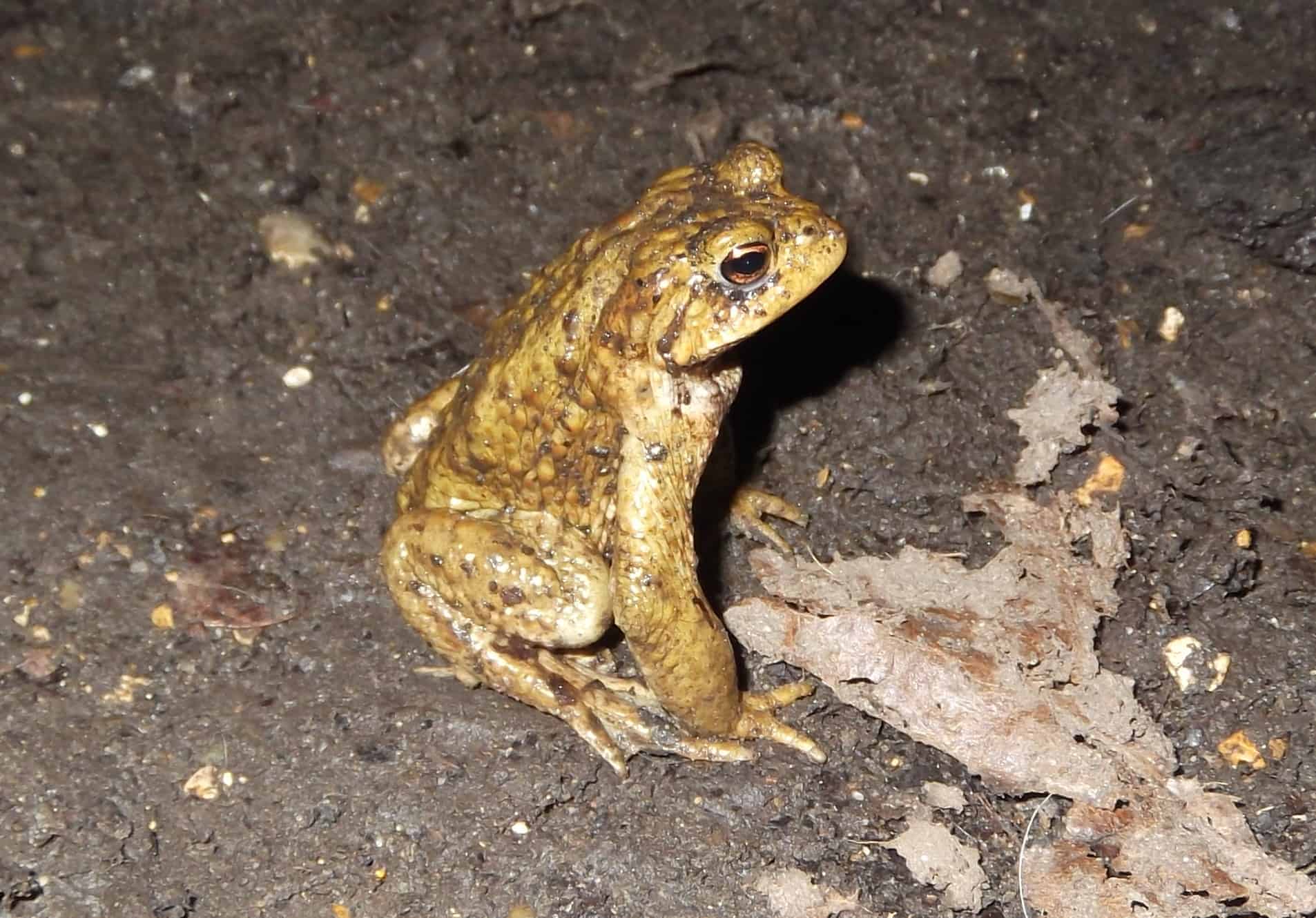
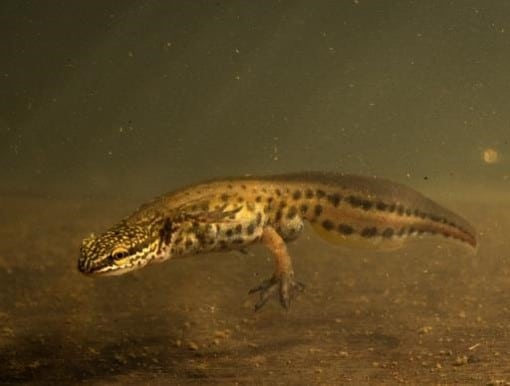
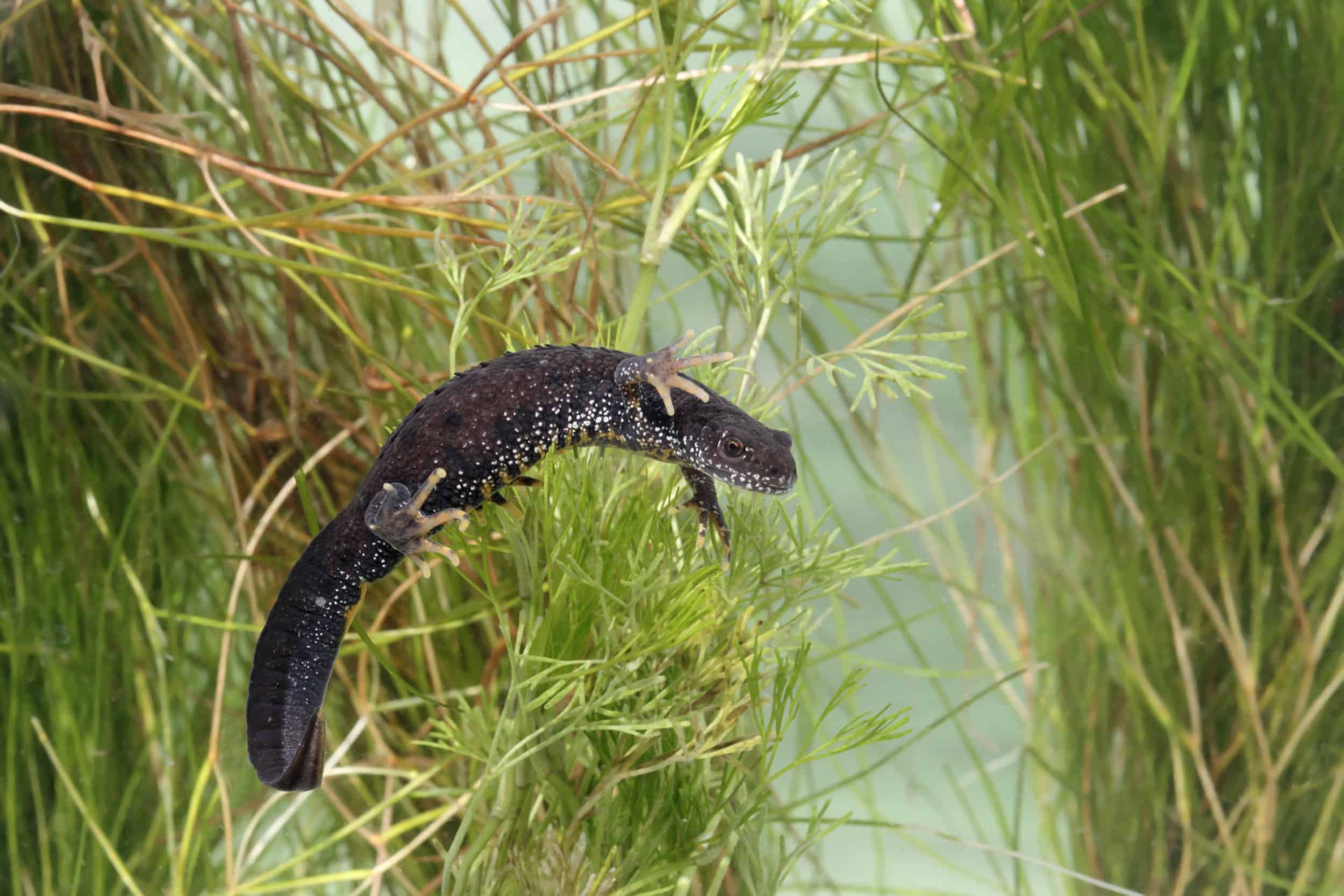
Amphibians Identification Courses
Our amphibian courses are delivered by experts in the field, and will equip you with the skills and knowledge to discover more about the habits and life-cycles of Britain’s frogs, toads and newts. Our beginner courses are for anyone interested in discovering and exploring the ecology of British amphibians. You can learn how to identify the key characteristics of amphibians and acquire or improving identification and survey skills. We also offer licensing courses for more advanced levels.
Training is led by expert tutors who are passionate about the subject. Taking place at venues across the UK, or online, our courses are designed to progress your learning at a level to suit your needs. If you are interested in our amphibian online training, you can read about our Moodle learning environment.
Each course is part of a learning framework. You can see the course level descriptions here. Natural history courses are available at all levels from beginner through to professional training.
Partners
We deliver amphibian training courses in partnership with the Amphibian and Reptile Conservation Trust (ARC), which conserves amphibians and reptiles, and the habitats on which they depend, to protect them for future generations. Visit their website here Amphibian and Reptile Conservation Trust (ARC)
Amphibian Identification Resources
The Reptiles and Amphibians Identification Chart features the 13 species of non-marine reptile and amphibian which breed in Great Britain, plus the 5 species which breed in Ireland.

